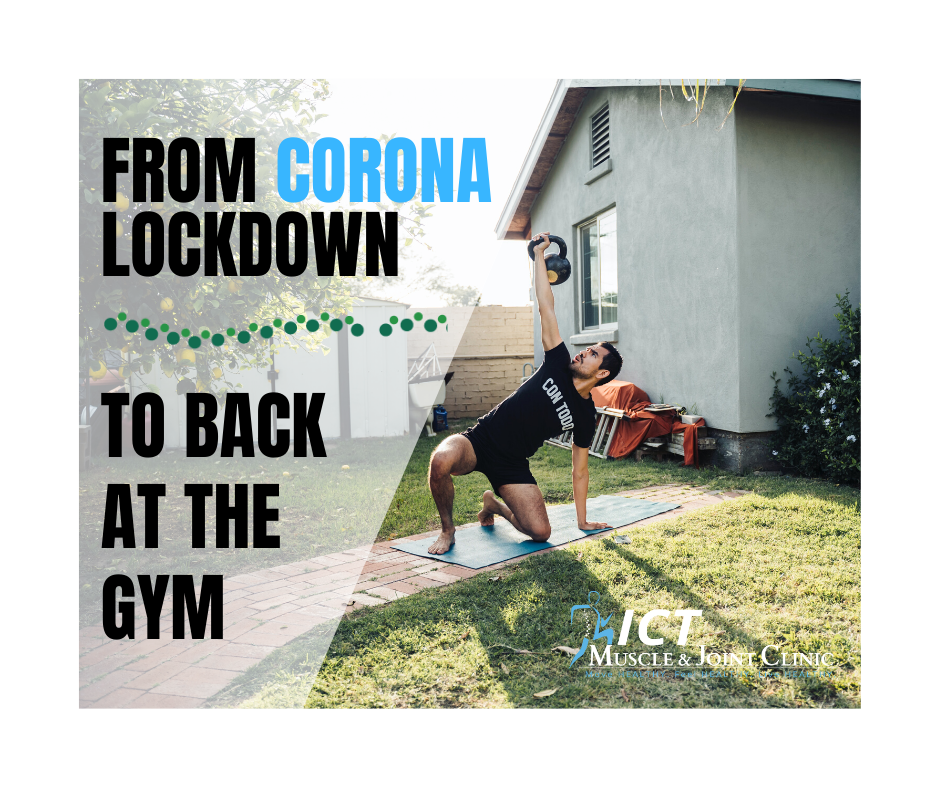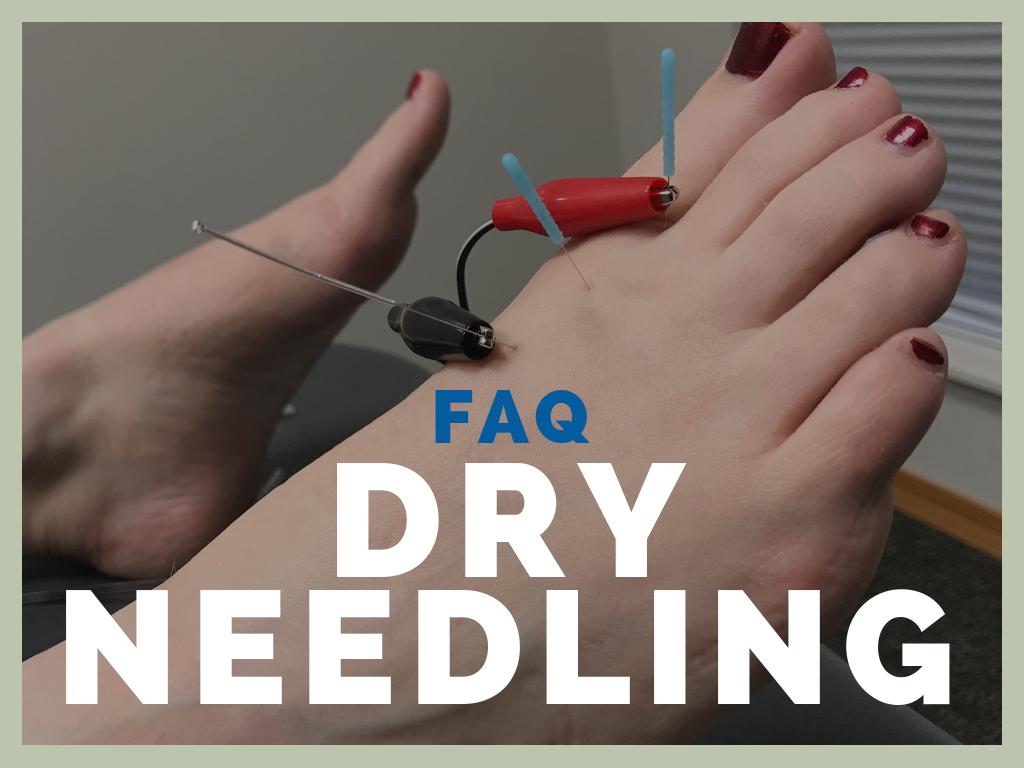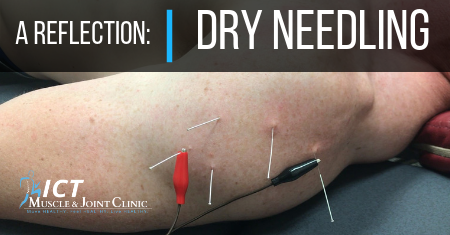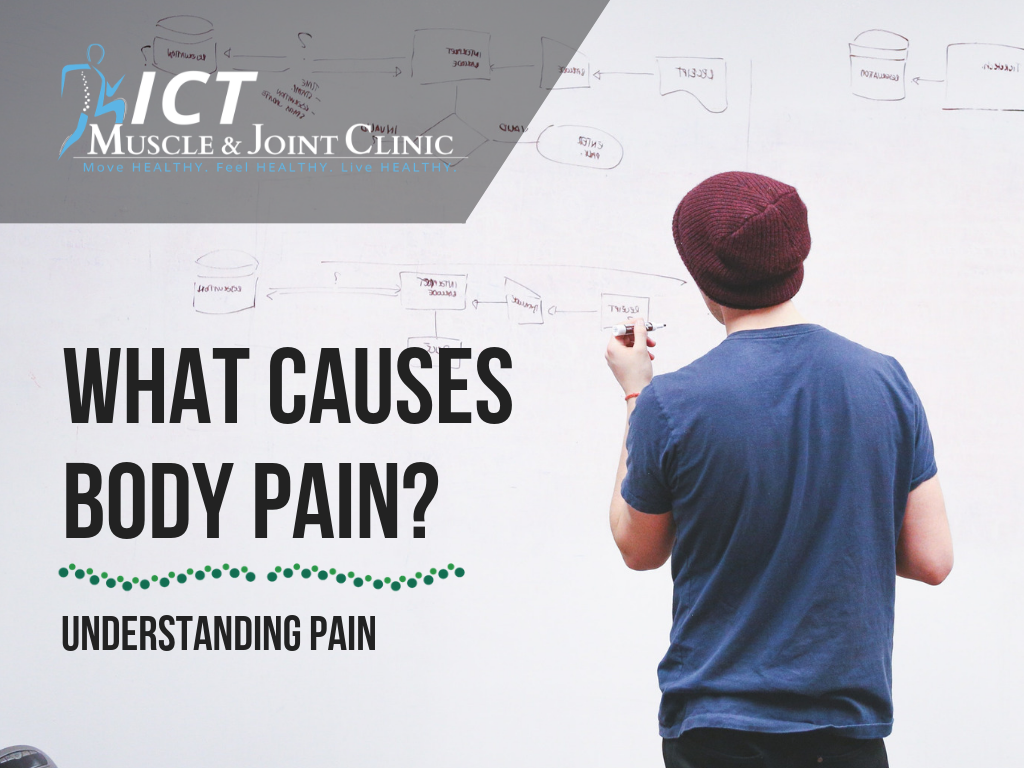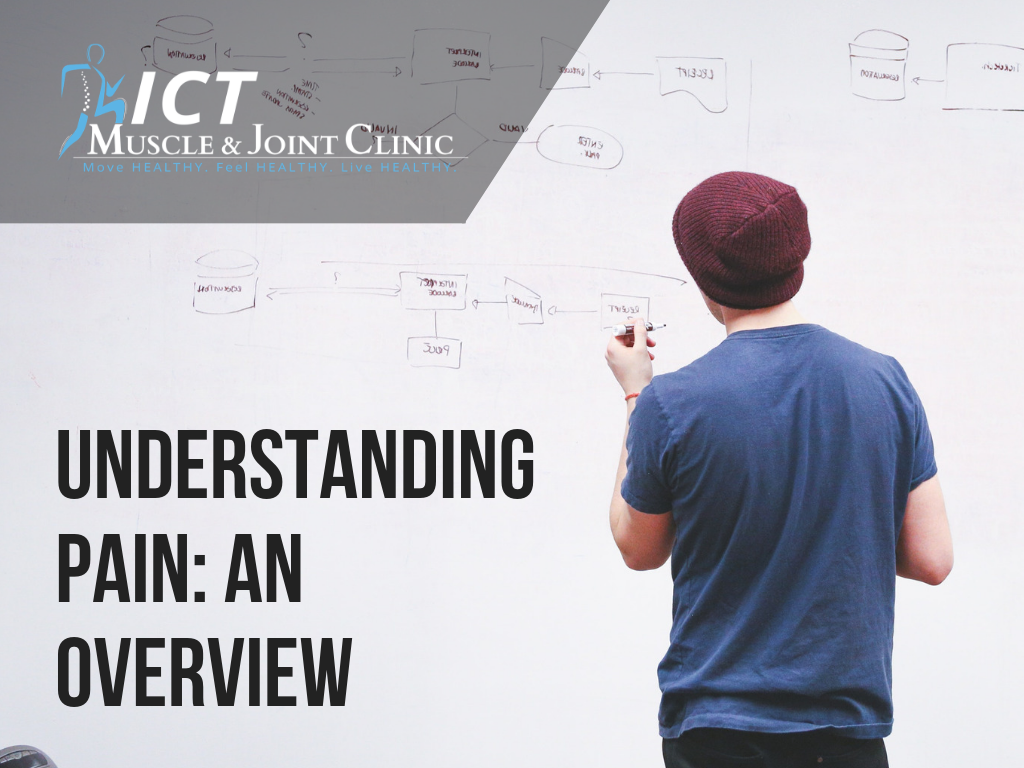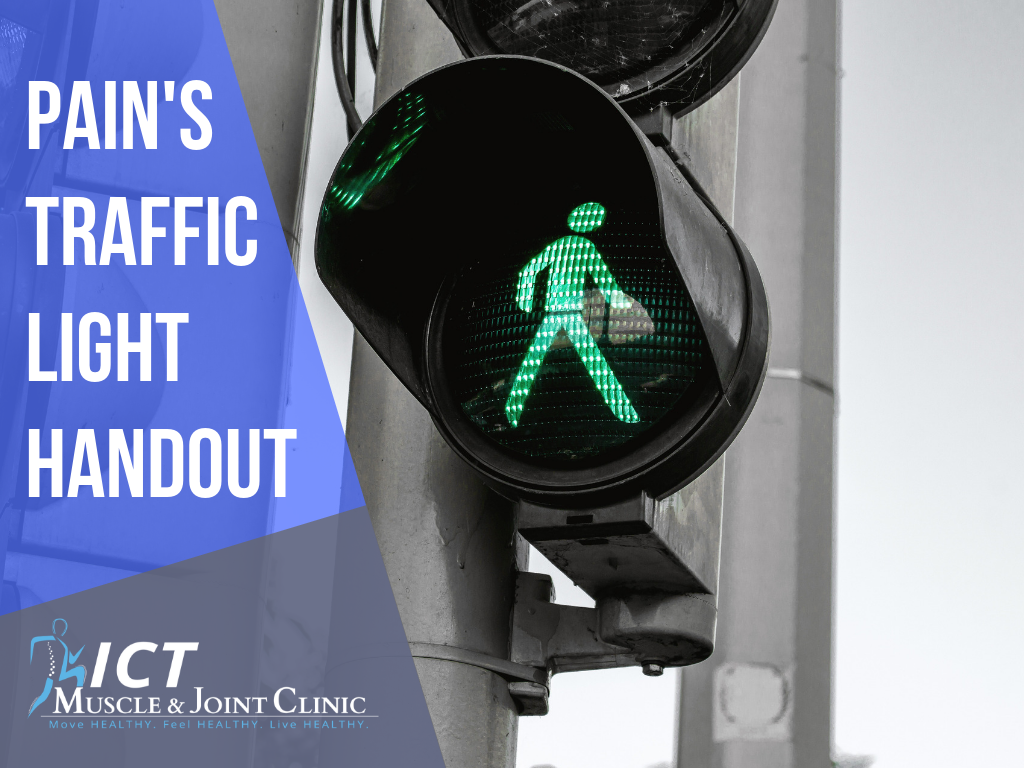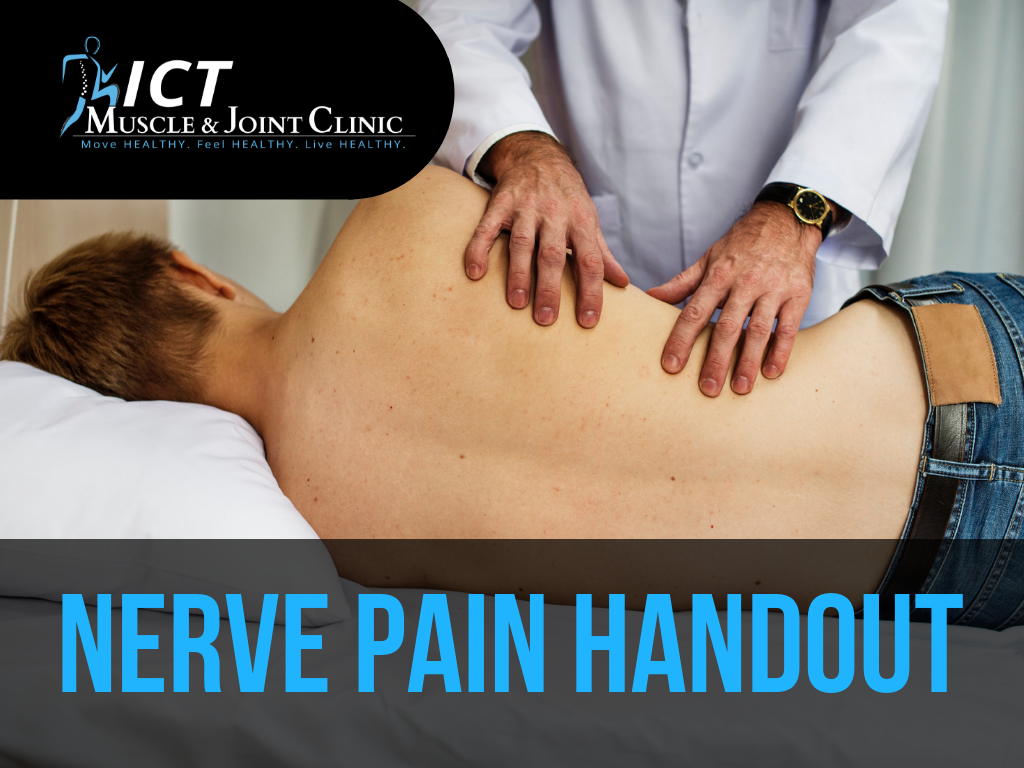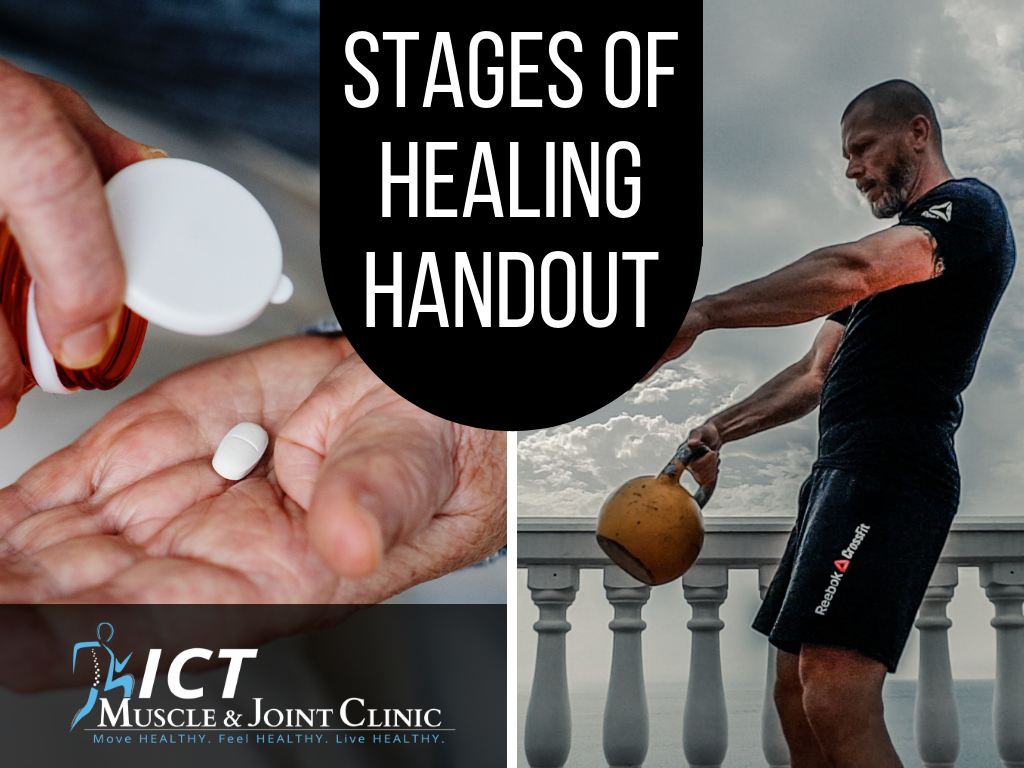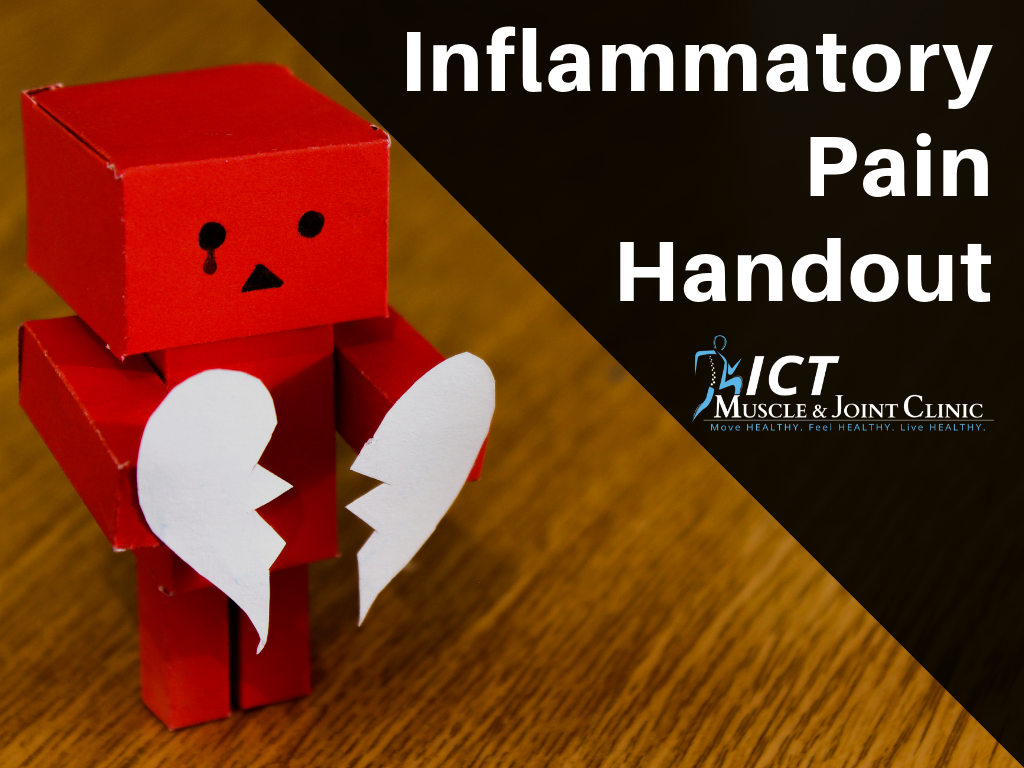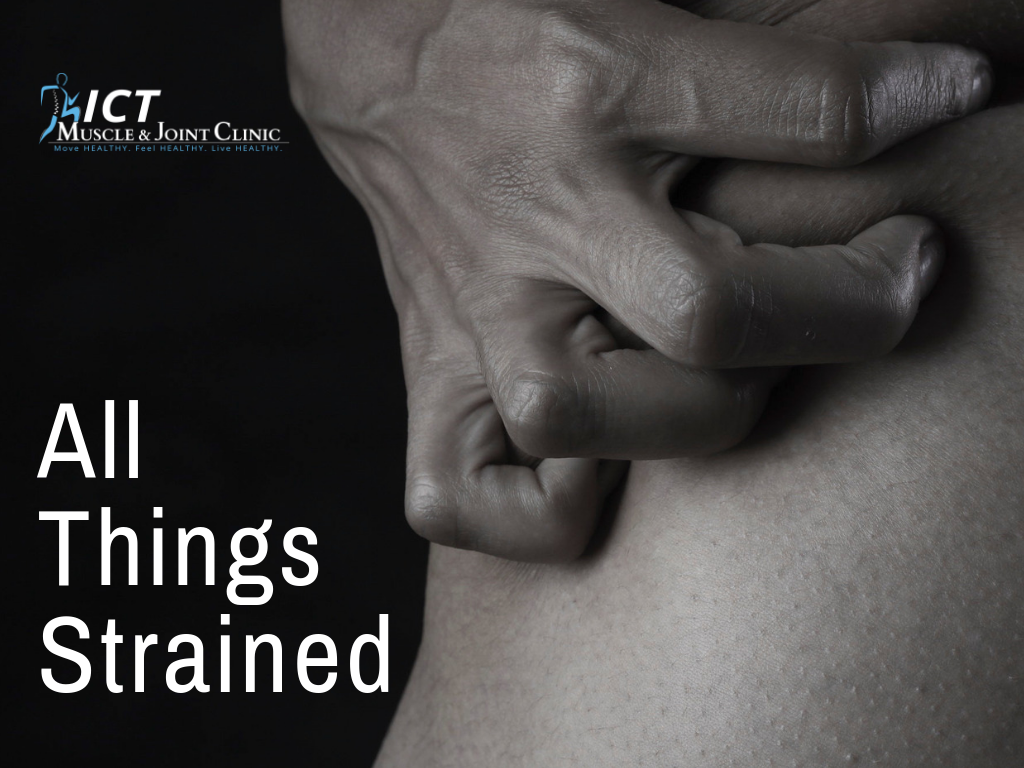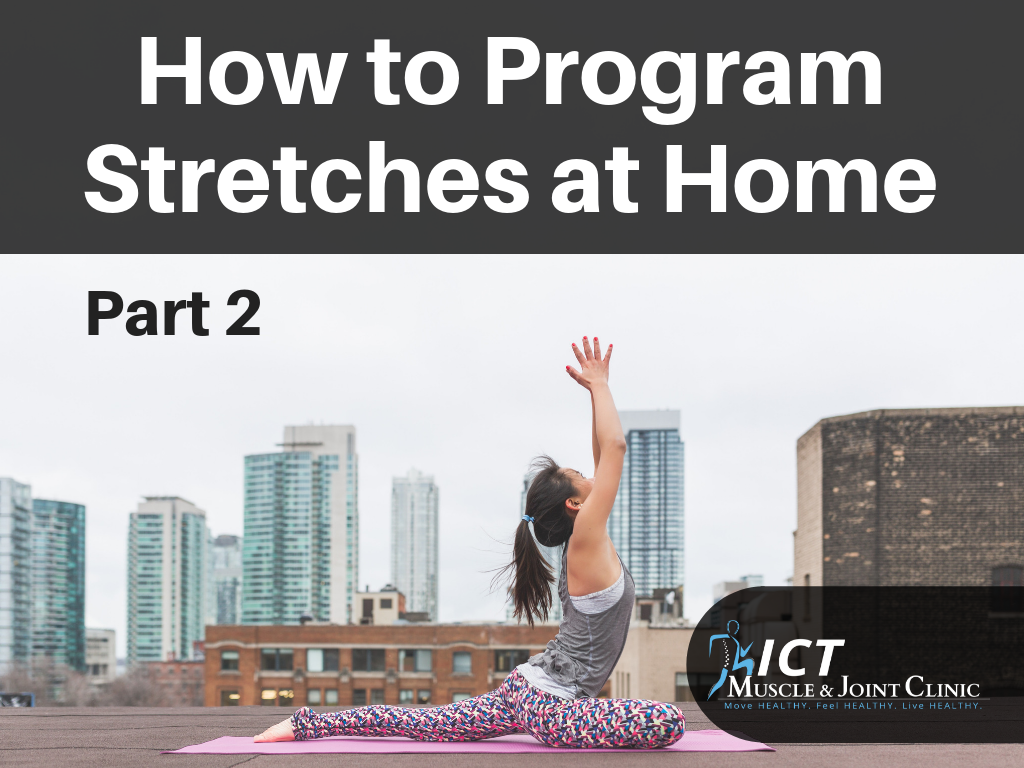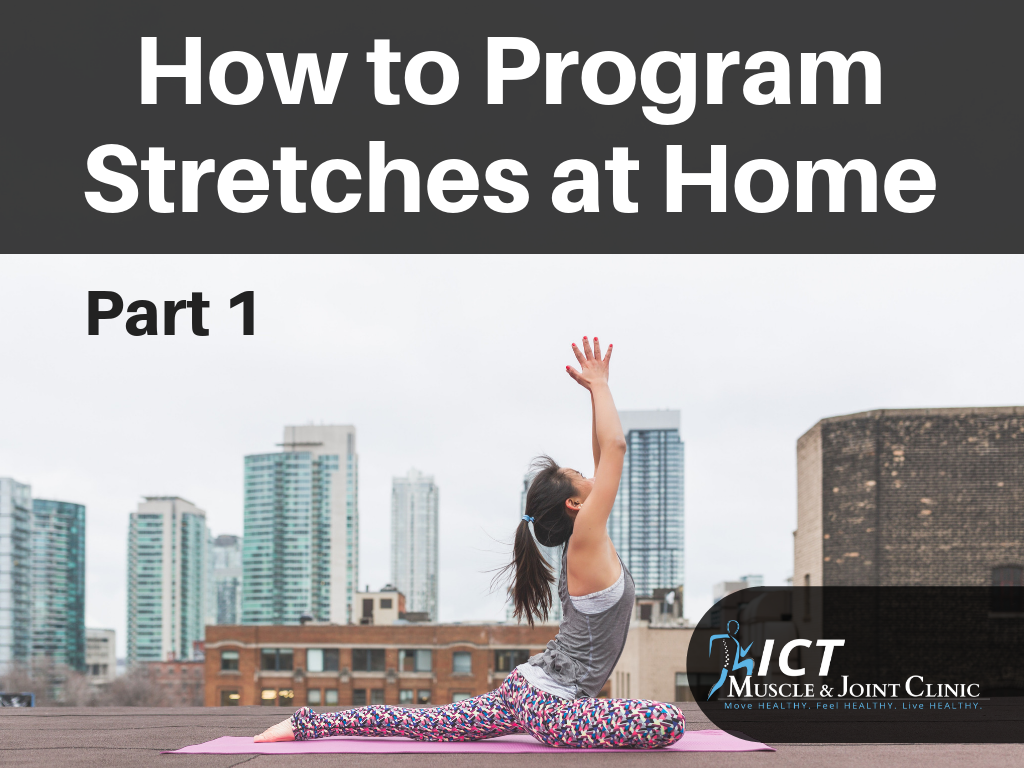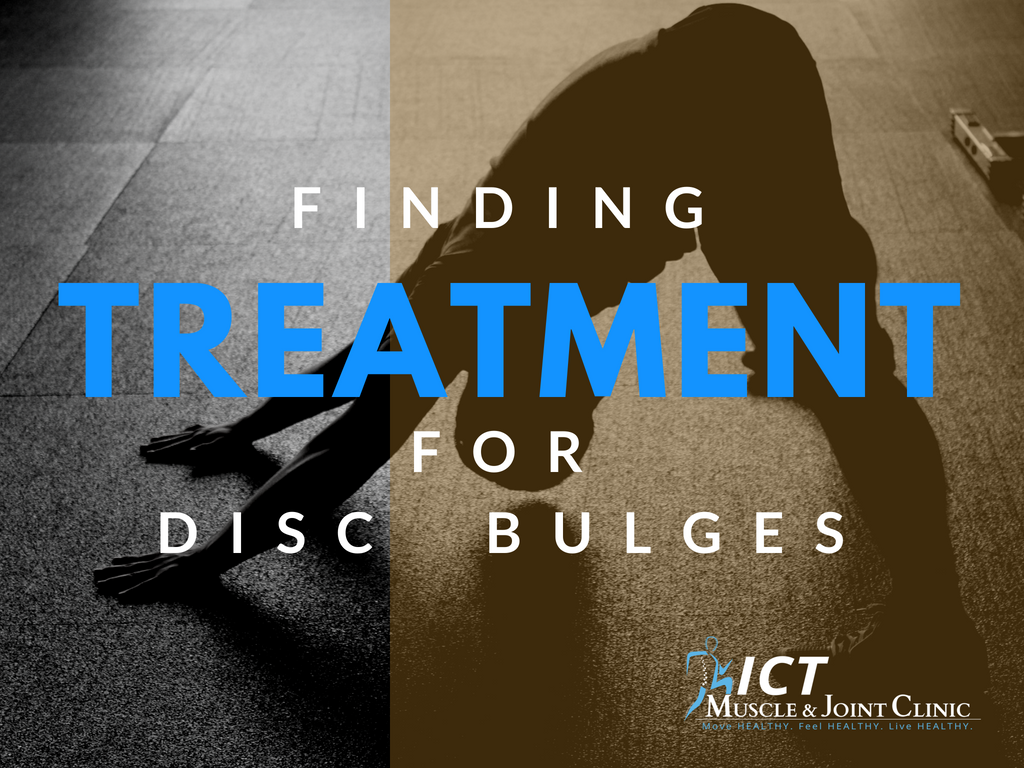Stress loading is use of active traction and compression exercises to produce stress in the extremity with minimal motion of the painful joints. Stress loading follows the basics of exercise physiology: Your body adapts in response to demands placed on it. Your response to pain has been changed, so now any stimulus is interpreted as a painful stimulus. Stressful exercise is needed to override what has become "abnormally normal" for that area. An overload is required to achieve a training effect and to break the pain cycle that you and your body are experiencing. This means you need to do something to overload your neural, vascular, sensorimotor, and musculoskeletal systems to break the existing pain patterns your body is feeling.
Dr. Keith Sparks is an award-winning chiropractor, functional medicine expert, and the co-founder of ICT Muscle & Joint Clinic. Dr. Sparks’ emphasis of care originated within the fields of rehabilitation, soft-tissue therapies, and chiropractic. To date, he has brought this unique combination of skills into union with functional medicine. The sole purpose of intertwining these distinct skills, knowledge, and services is to provide incomparable care to his local community. Dr. Keith Sparks is often seen in the Wichita, KS community speaking at business events and teaching health and performance classes.
WHAT IS OVERUSE PAIN?
Overuse pain is one of the most common forms of musculoskeletal pain. Muscles and joints of the body do not receive proper blood flow or oxygen. The lack of oxygen allows acid and chemicals to build up in the muscles and joints, causing local tissue irritation and pain.
I am always asked “When should I come see you” or “When should I see a chiropractor”. These questions are not always clearly outlined by the chiropractic profession. If you ask 5 different chiropractors and you’ll probably get 5 different answers. For this blog, let us tackle “When should I see a chiropractor” based on my symptoms.
The Novel Coronavirus has changed the game for many across all industries. It is both frustrating (for more reasons than anyone can possible outline) and exciting. We often find adversity to be negative, but it also gives us an opportunity for re-evaluating desires and goals. When we started ICT Muscle and Joint Clinic here in Wichita, we knew we wanted to become more than a standard chiropractic clinic. We wanted to offer chiropractic adjustments, soft-tissue treatments, and physical therapy type services all under one roof, within one visit, to produce superior results. However, we have not shared more than this. We want more. With the addition of our Westside location run by Dr. Sam Reals, we set out to create a hybrid office between chiropractic care and a gym atmosphere.
Depending on who you ask, you may hear how similar or how different these two service therapies are. However, Dry Needling and Acupuncture have both, similarities and differences.
Potential Adverse (Unwanted) Risks:
• punctured lung
• vasovagal response – feeling lightheaded or flushed
• muscle soreness
• fatigue
• bruising
• pain during insertion
• fainting – typically occurs in individuals who have had prior issues with needles (i.e. giving blood)
Cupping Therapy can be categorized into three, main, different styles: Hot Cupping, Wet Cupping, and Dry Cupping. One style may have an advantage over another depending on the situation. However, our doctors at ICT Muscle & Joint Clinic largely use different Dry Cupping strategies to treat pain when Cupping Therapy is appropriate.
What is Dry Needling Therapy?
Dry needling involves inserting a thin, filament needle into a pain point, known as a trigger point, to release tension and promote healing. Trigger points are often thought of as knots in a muscle.
Recently I had the opportunity to attended two dry needling courses. I have been dry needling for several years now, however there were many things I took away beyond dry needling myofascial trigger points. Three key points I learned about include: different dry needling techniques, battle acupuncture, and cosmetic dry needling.
WHAT CAUSES PAIN TO THE BODY?
There are two, main mechanical (movement-based) pain causes: inflammation and tight soft tissue(s). The medical term for tight soft tissue is ischemia. Soft tissue is everything besides bone (ie hard tissue). The third category, highlighted in our overall overview of pain, is directed to the nerves – specifically the peripheral nerves. These are the nerves outside of your spine.
Pain is not always simple. It is easy to understand if we roll an ankle or break a bone what is causing the pain. However, pain is not always a cause and effect event. Pain can come from many different sources and may be simultaneously with other sources at the same time (as shown below). Individuals with multiple sources of pain are often dragged through the healthcare system with little results or given complicated diagnoses such as Fibromyalgia or Chronic Regional Pain Syndrome.
Navigating through pain can be frustrating. This traffic light handout’s goal is to help you understand WHEN to perform your exercises based on your pain symptoms.
BREATHING AND PAIN
When we have pain or become stressed we can develop a rapid or shallow breathing pattern. This breathing pattern can increase tension in the neck, chest, and shoulders. Overtime, this increased tension can lead to trigger point formations which can produce specific pain patterns.
WHAT IS NERVE PAIN?
Nerve pain is typically thought of as radiating pain down the arms or legs with diagnosis such as Sciatica. This pain occurs via the peripheral nerves. Your peripheral nerves connect your brain and spinal cord to the rest of your body. These nerves connect your brain and body to express danger. Anywhere along the path of these nerves a negative stimulus can cause symptoms.
There are three stages of healing following an injury: inflammatory, proliferative, and remodel. Each phase of healing may take different amounts of time depending on the extent of the injury and tissue(s) injured. Recognizing which phase of healing you may be in is important for a speedy recovery. Be sure to ask your chiropractor about which phase of healing you are in during your journey to recovery.
WHAT IS INFLAMMATION?
After an injury, or flare-up of an existing issue, the body produces inflammation. Symptoms of inflammation may include: pain, swelling, redness, increased temperature, and loss of movement. When inflammation sets in, it usually is felt as an increase in 3 points on a 10-point scale, which lasts longer than a day. Once inflammation sets in, the body starts to heal. Pain is your body’s response to inflammation. Pain bring awareness to an area of the body to decrease the odds of re-injury during the early phase of healing.
Strain to the body can be both good and bad. Like all things in life it’s a balancing act. Everyone has heard of a strain/sprain, or over-straining yourself. Usually strain is thought of as bad however strain can also be good. But how do we know when strain is good vs bad? To understand good vs bad strain, we need to understand how strain occurs. Strain to the body is caused in three ways: load, speed, duration.
The whole moto of this approach is “too much of a good thing can be bad.” With each example, in Part 1, the person started to experience a decline in feeling better when performing more reps or more amount of time spent in a specific stretch. Let’s explain why.
Easiest truth, find a McKenzie or Mechanical Therapy & Diagnosis (MDT) healthcare provider. This will save you money, time, and frustration. If a clinic’s website does not list MDT than the doctors on staff do not understand MDT. MDT is one of the most botched techniques out there, much like A.R.T., and the growing rise in popularity with dry needling. In my opinion, McKenzie, is the number one conservative-based approach to treating symptoms commonly associated with disc pain and onto further physical therapeutic care and rehab. Sure there are other things that can help treat disc pain such as decompression and distraction machines, however they do not promote self-care which only increase costs to you and the entire healthcare system as a whole.
